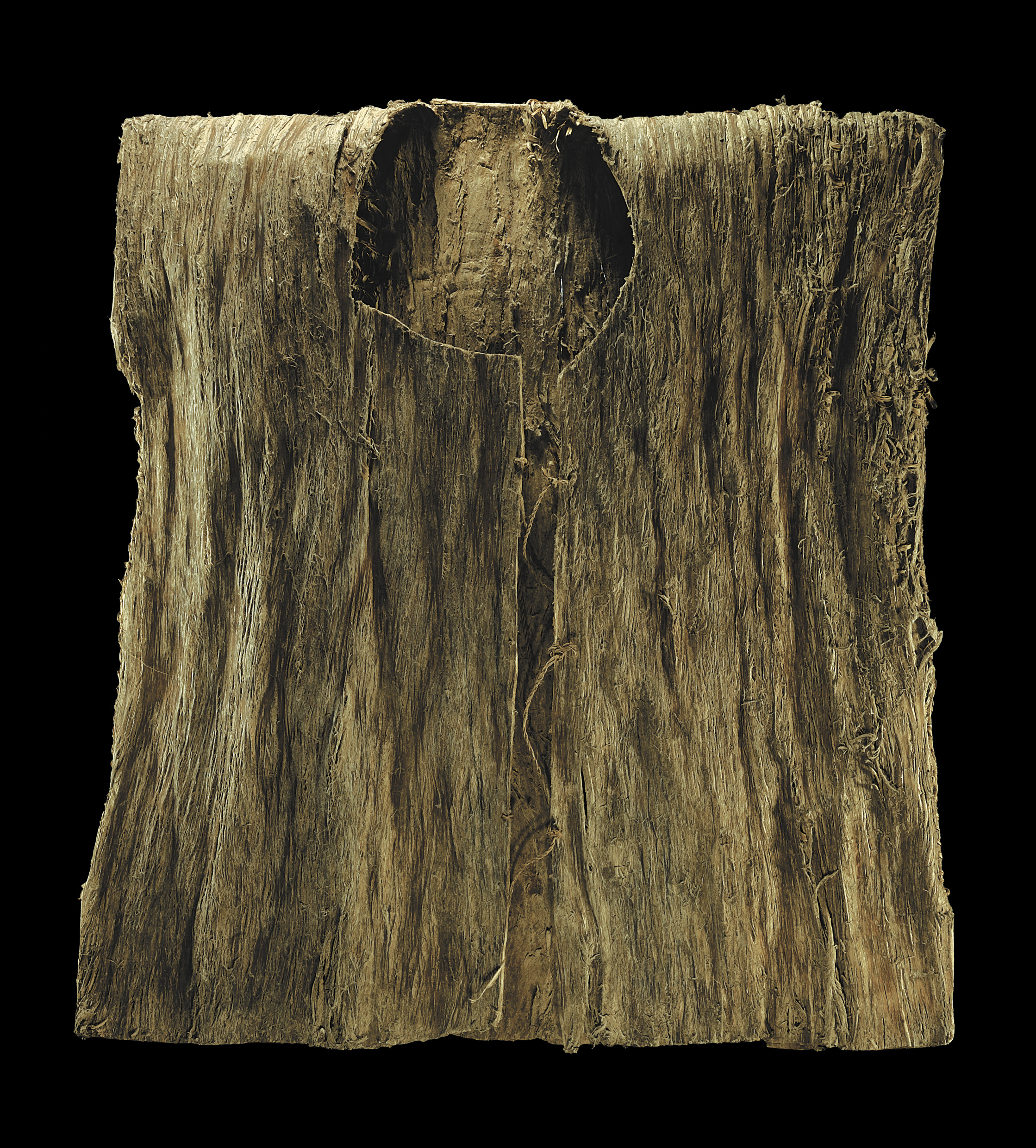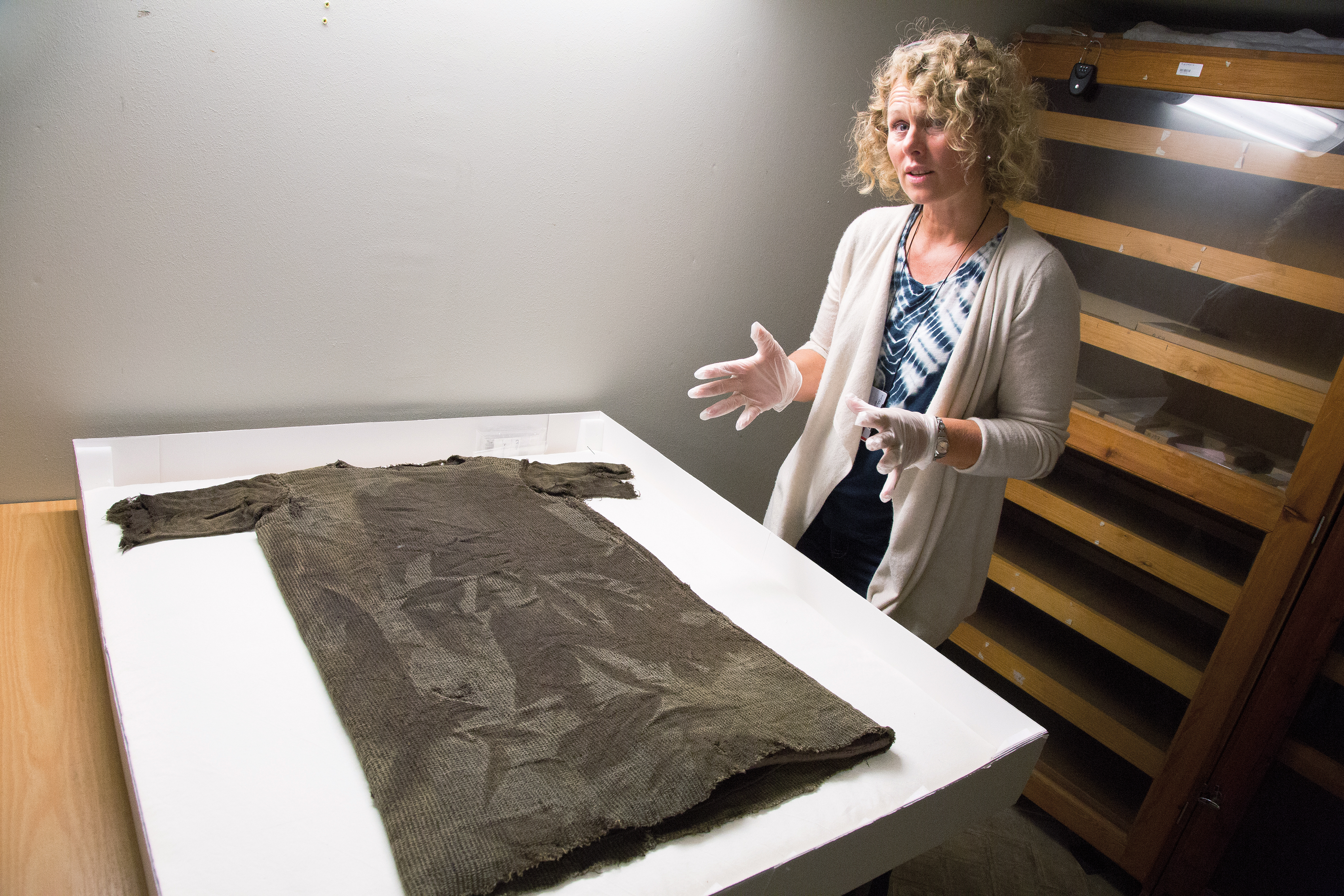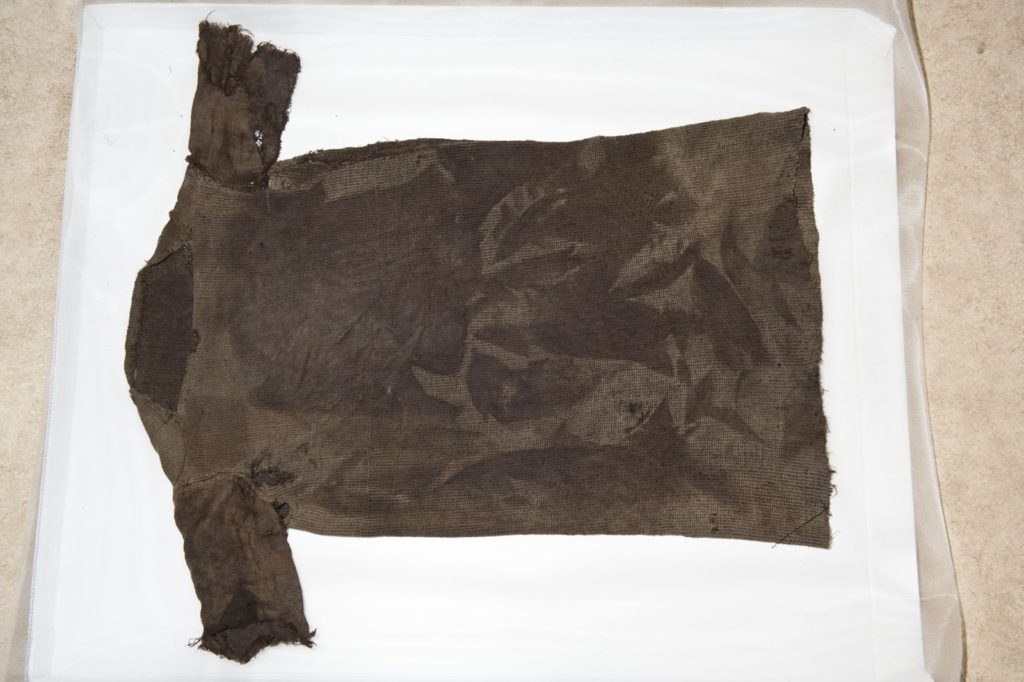The recent discovery of a remarkably well-preserved 1,700-year-old tunic in Norway has captured the attention of archaeologists and historians alike. Unearthed from the Lendbreen Glacier in Breheimen National Park, the Iron Age garment offers unique insights into the clothing, lifestyle, and mysteries of ancient civilizations. This find, believed to be Norway’s oldest preserved piece of clothing, sheds light on the challenges and intricacies of textile preservation, as well as the broader context of human interactions with the environment.

The Iron Age tunic from Lendbreen is the oldest preserved garment in Norway. Credit: Marianne Vedeler

Fieldwork at the Lendbreen Glacier where archaeologists stumbled across the tunic. Credit: Secrets of the Ice
The Lendbreen tunic was uncovered as the Lendbreen Glacier melted due to climate change, revealing artifacts hidden beneath the ice for centuries. Marianne Vedeler, a professor at the Museum of Cultural History at the University of Oslo, notes the rarity of finding such well-preserved clothing from prehistoric times. Climate change, causing glaciers to recede at unprecedented rates, has led to the emergence of numerous artifacts each summer, offering glimpses into ancient communities and their dependence on glaciers.

Artifacts Surrounding the Tunic: Close to the tunic, archaeologists discovered a woven mitten dating back approximately 1,100 years to the Viking Age. While speculation arose regarding a connection between the tunic and the mitten, radiocarbon dating revealed distinct time periods for each. Over 70 textile pieces, likely remnants of worn-out clothing, were also found at the site, providing additional clues about the lives of those who once inhabited the region.


The original Lendbreen Tunic. Credit: Marianne Vedeler
Archaeological Inquiries: Questions surrounding the tunic’s origin, purpose, and the circumstances of its deposition remain unanswered. Archaeologists are eager to uncover the identity of the individual who wore the tunic, the reasons behind its presence in the glacier, and the intricate details of its creation. The Lomseggen mountain, where the glacier is located, served as a passage during the Iron Age, suggesting the garment might be linked to ancient travel routes between valleys.


Tunic Characteristics and Reconstruction: Dating between 230 and 390 A.D., the tunic is woven from sheep’s wool and displays a basic cut with repaired patches, indicating extensive use. Historians believe it was tailored for a man or boy of slender build. Despite its simplicity, reconstructing the tunic proved to be a labor-intensive task, taking handweavers 760 hours to reproduce using traditional techniques. The reconstructed tunic will be displayed at the Norwegian Mountain Center in Lom and the Museum of Cultural History in Oslo.
Norway’s oldest preserved tunic offers a captivating glimpse into the past, highlighting the challenges of preserving ancient textiles and the valuable information they can provide about bygone eras. As climate change continues to reveal hidden treasures, archaeologists and historians are tasked with piecing together the stories of ancient civilizations, one thread at a time.